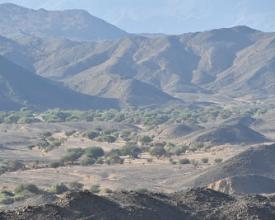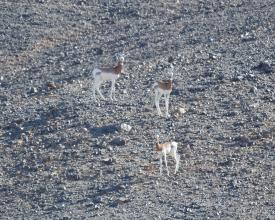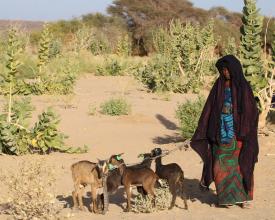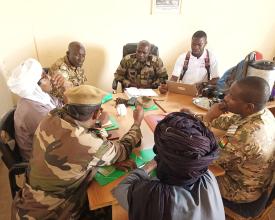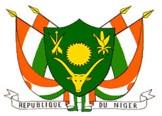
Reversing the decline of threatened Saharan wildlife in the Aïr & Ténéré National Nature Reserve of Niger
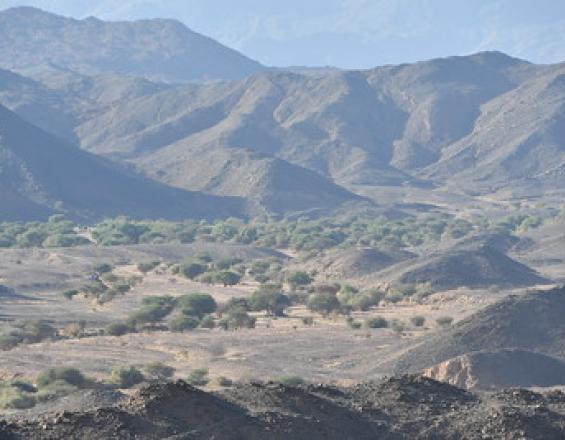
The Aïr and Ténéré National Nature Reserve, a UNESCO World Heritage Site, faces significant threats from past conflicts, poaching, deforestation, and gold mining, all of which endanger its rich biodiversity. Iconic species such as the Dama gazelle and Barbary sheep are particularly at risk. This project seeks to safeguard this critical habitat by mitigating threats, expanding ecological knowledge, and actively engaging local communities in conservation efforts, while also addressing their health and livelihood needs. However, major challenges persist, including security concerns, the remoteness of target areas, and limited resources to ensure long-term sustainability. This initiative is part of IUCN’s Save Our Species African Wildlife program, co-funded by the European Union.
Process
Summary of the process
The aim of our approach is to train protection agents for surveillance patrols, to continue monitoring the dama gazelle through camera traps, and to support local communities with development projects to enhance their collaboration in conservation activities.
Building Blocks
Approch
- Surveillance patrols carried out by forestry officers, trained and equipped with monitoring and reporting tools;
- Ecological monitoring of the species, in particular through the installation of 40 photographic traps;
- Support for local communities through income-generating activities (IGAs), from which they benefit directly.
Impacts
In a concerted effort to bolster conservation and community support, 17 protection agents were trained and 17 patrol missions successfully conducted. These initiatives were complemented by five ecological monitoring missions, during which 40 camera traps were strategically installed to enhance wildlife tracking and data collection. In the realm of community development, 23 families were empowered with goat kits, providing them with a sustainable means to generate income. Additionally, 692 individuals benefitted from free medical care, underscoring the project’s commitment to improving local well-being. Notably, a stable population of Dama gazelles was observed, with an impressive sighting of 18 individuals during a single mission, highlighting the positive impact of these ongoing conservation efforts.
Beneficiaries
Local Community
Unit Management of Reserve
Project staff
Dama gazelle population
